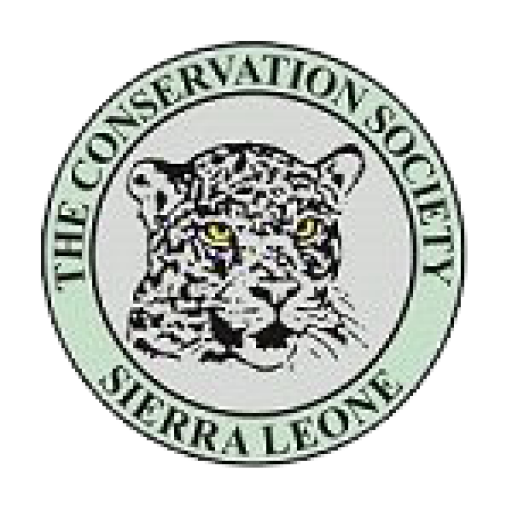Where We Work
Sierra Leone is a small country but still it is home to different types of landscape and habitats. All of them are important for the biodiversity and climate change mitigation. CSSL is engaged in conservation, forest protection and wetlands conservation in various places in Sierra Leone:
Freetown and Coastal Areas
As Sierra Leone braces itself to kick-start oil exploitation and production activities anytime in the near future in identified areas in the country, expectations of high socio-economic boom are rife in all walks of life, particularly across the political spectrum. These activities however, do not go without grave attendant environmental consequences. The marine coastal environment and communities nearby, stand to be adversely affected by such activities. That´s why CSSL is engaged in advocacy and social mobilization to increase knowledge among key actors and coastal communities to reduce the impacts of oil pollution on marine environment. Find out more about the Coalition on Oil and Gas Pollution on the Environment (COGaPE).
The Western Area Peninsula Forest
The forest on the Western Area Peninsula is under severe threat as more and more people moving to Freetown in the hope of finding a better live in the capital. The forest was decreased during the last years in an enormous speed. We can already experience the consequences of these actions: landslides, water insecurity, soil degradation. The Western Area Peninsula Forest was declared a protected area in 2012 but the protection is not enforced consequently. We as CSSL support the government of Sierra Leone to enforce the environment protection laws and work with communities in the Western Area to rise awarness for conservation and support them in sustainable livelihoods.
The Yawri Bay Ecosystem
Yawri Bay ecosystem accounts for about 14% of the total mangrove swamp in Sierra Leone. Mangroves are important parts of the ecosystems at the West African shoreline when it comes to habitats of endangered species and mitigation of climate change consequences like flooding and shore protection. Since the 1980s Sierra Leone lost more than 40% of its mangrove cover. The Yawri Bay ecosystem has been degraded and is susceptible to further decline. The major threats are destruction of mangroves, unsustainable harvest of fish and crustaceans, loss of coastal shorelines, and disturbance of wildlife and habitats by people. These threats are driven by gaps in knowledge of the bay, insufficient legal protection, non-compliance with existing environmental laws, and the fact that at present local residents do not benefit from protecting the Bay. These are the points where we as CSSL are taking action. Find out more about our work at Yawri Bay.
The Kambui Hills at Greater Gola Landscape
The Kambui Hills belong to the Greater Gola Landscape. They don´t enjoy the same protection status as the Gola Rainforest Nationalpark yet. The main threat to the forests at the Kambui Hills is taken place through communities, local industries and logging. To stop the deforestation at the Kambui Hills we work with communities and government officials to recognize the boarders of the protected areas. Apart from that we teach communities in sustainable forest management and help them to get community forests. Learn more about our work at the Kambui Hills.
Lake Sonfon in Diang Chiefdom
Lake Sonfon in Diang Chiefdom close to Kabala is a Important Bird Area but also a very important cultural site for the communities living around the lake. The ecosystem of the lake and with it the biodiversity and the habitats of many species are threaten by gold mining. To protect and conserve the environment and the cultural heritage around the lake, we involve the communities through awarness rising programmes and support for alternative livelihood projects. Learn more about our efforts at Lake Sonfon.
Gola Rainforest Nationalpark
The Gola Rainforest Nationalpark (GRNP) is declared and recognized as protected area and National Park. Still the forest is under danger. Forest-edged communities rely on the forest to make their living. That is why we work together with international partners to support these communities to develop alternative livelihood activities and to rise awarness about the great benefits of the forest and of conserving the forest. Find out more about on how to link food security with conservation.
Greater Gola Landscape
In the Gola Forest context communities are still living in poverty, dependent on forest products, ensuring the livelihoods of community members is absolutely essential and must be integrated with conservation activities. With the PAPFor-Project we support the communities in their conservation efforts. We try to support them in their livelihood activities for example through ecotourism programs. Learn more about our work with forest edged communities in the Greater Gola Landscape.
